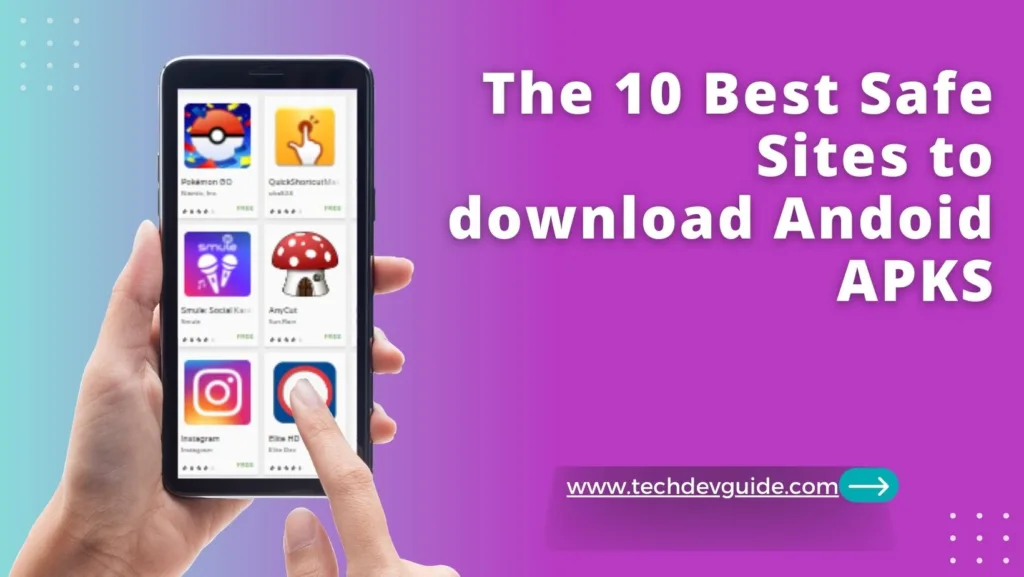Google is preparing to introduce its new AI-powered chatbot, Bard, which aims to compete with the widely used ChatGPT. Before its public release, Bard will undergo testing by a selected group of individuals. The chatbot is based on Google’s existing large language model, Lamda, which an engineer described as having such human-like responses that they believed it to be sentient.
The tech behemoth also unveiled new AI search engine tools along with the introduction of Bard. Although there are worries about the existence of inflammatory and incorrect material, AI chatbots, like ChatGPT, are programmed to respond to queries and obtain information from the enormous database of the internet.

Understanding BARD
BARD is a state-of-the-art language model developed by Google Research. It utilizes cutting-edge techniques in deep learning and neural networks to produce high-quality language outputs. BARD has been designed to work with a variety of natural language processing (NLP) tasks, including text generation, question answering, and language translation.
How is BARD Different from ChatGPT?
ChatGPT and BARD may seem similar at first glance, but there are several key differences between the two models. Firstly, BARD uses a bidirectional encoder representation, while ChatGPT only uses a unidirectional encoder. This means that BARD takes into account both the context and the target text, while ChatGPT only considers the target text. Additionally, BARD has been trained on a much larger corpus of text, which allows it to generate text with a higher level of detail and accuracy.
In a blog post, Google’s CEO, Sundar Pichai, explained that the goal of Bard is to bring together the vast knowledge of the world with the power and intelligence of the company’s language models. He emphasized his desire for Google’s AI services to be both bold and responsible but did not elaborate on how harmful or abusive content would be prevented.
Bard will initially operate on a lightweight version of Lamda, which requires less power, enabling more people to use it simultaneously. The recent speculation about Microsoft’s potential integration of ChatGPT into its search engine, Bing, follows a multi-billion-dollar investment in OpenAI, the firm behind ChatGPT.
Key Features of BARD
Some of the key features of BARD include:
- Improved language generation capabilities
- Ability to generate text that is both coherent and grammatically correct
- Use of a bidirectional encoder representation for more accurate text generation
- Training on a large corpus of text for a more detailed and accurate output
Use Cases for BARD
BARD has a wide range of potential use cases, including:
- Content creation for websites and blogs
- Chatbots and virtual assistants
- Language Translation
- Question-answering systems
ChatGPT, which is free for people to use but incurs a cost for OpenAI each time it is utilized, can answer questions and perform tasks in text form, drawing from information from the internet as of 2021. It can also generate various forms of text, such as speeches, songs, news articles, and student essays.
Experts believe that the ultimate goal of chatbots is to replace web link pages with a single definitive answer in internet searches. Pichai noted that people are asking more complex questions on Google searches and that AI can help synthesize insights for questions with no definite answer. He also mentioned that soon, AI-powered features in Search will present complex information and diverse perspectives in a more digestible format, allowing users to quickly grasp the main ideas and learn more from the web.






